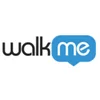HR teams are drowning in data but starving for insights. They have spreadsheets full of turnover numbers, hiring metrics scattered across different systems, and executives asking for workforce predictions they’re not equipped to provide. While the complexity of people data will always be challenging, the process of turning that information into actionable insights can be streamlined to support better decision-making.
The problem is that most organizations treat workforce analytics as a reporting exercise rather than a strategic capability. When data lives in silos and teams lack the tools or training to interpret it effectively, even the most comprehensive datasets fail to drive meaningful business outcomes.
What is workforce analytics?
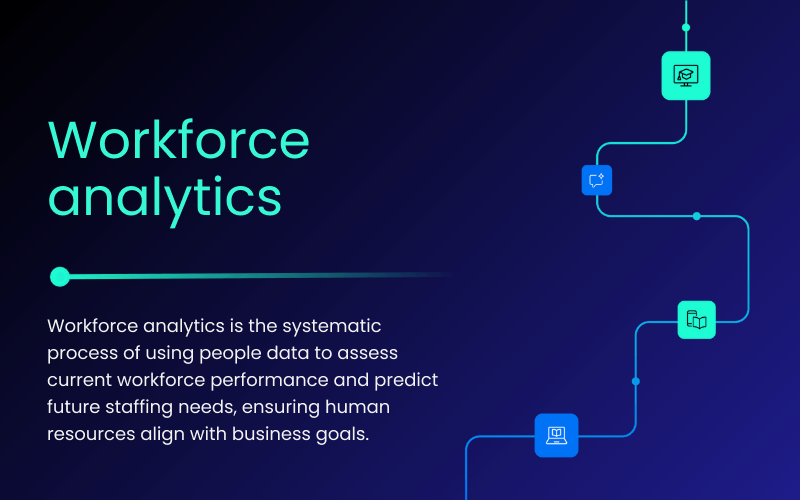
Workforce analytics is the systematic process of using people data to assess current workforce performance and predict future staffing needs, ensuring human resources align with business goals. It typically includes:
- Analyzing turnover patterns, hiring effectiveness, and employee performance trends
- Predicting future talent gaps and workforce requirements
- Measuring the impact of HR programs and policies on business outcomes
- Providing data-driven recommendations for workforce planning and strategy
While this sounds straightforward, effective workforce analytics requires integrating data from multiple systems, ensuring data quality, and translating complex information into insights that leaders can understand and act upon.
The challenges
For most teams, the biggest hurdle is the fragmented nature of workforce data. Information lives scattered across payroll systems, HR platforms, and talent management tools, making it nearly impossible to get a complete picture of workforce dynamics. Each system may use different definitions, timeframes, or metrics, creating conflicting reports and unreliable insights.
Traditional analytics approaches compound the problem. Many teams lack the technical skills needed to work with complex data, while others get overwhelmed trying to track every possible metric without clear priorities. The pressure to provide immediate answers often leads to quick fixes and surface-level reporting rather than meaningful analysis.
It’s no surprise that 83% of organizations still report low analytics maturity. Without proper tools, training, and processes, HR teams struggle to move beyond basic reporting to the predictive insights that drive strategic decision-making.
The Solution: WalkMe
This is where digital adoption platforms like WalkMe become game-changers.
Rather than expecting HR teams to become data scientists overnight, these platforms provide guided workflows directly within analytics tools. WalkMe, specifically, offers step-by-step guidance for creating reports, interpreting data, and taking action on insights, making advanced analytics accessible to teams regardless of their technical background.
The results speak for themselves: organizations with strong workforce analytics capabilities see 8% higher sales growth, 24% higher net income, and 58% higher sales per employee. But implementation success depends on following proven best practices.
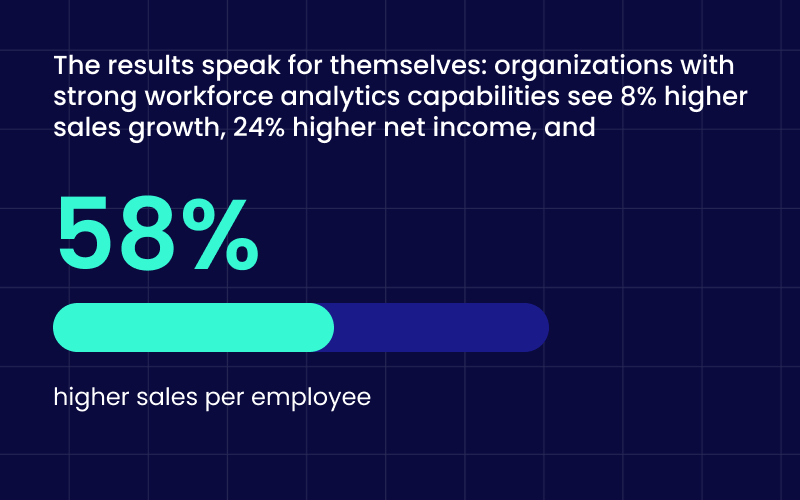
A practical guide for making workforce analytics better
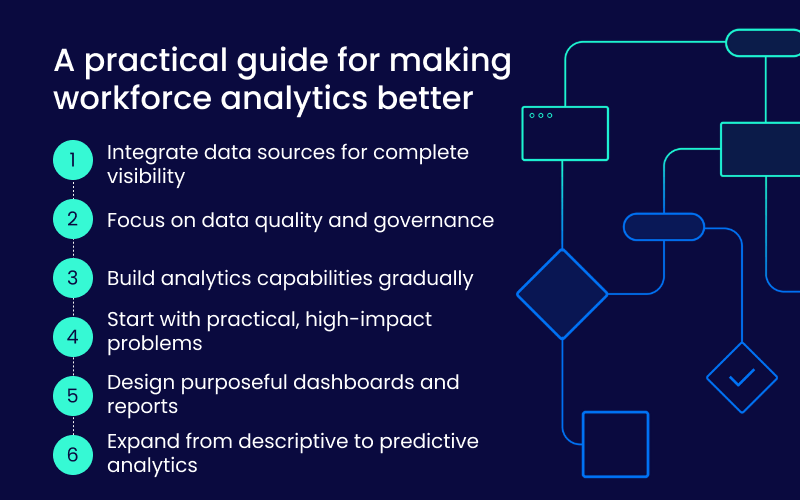
- Integrate data sources for complete visibility
Scattered data creates incomplete pictures and conflicting insights. Tools like WalkMe can guide teams through data integration processes, helping them combine information from payroll, HR systems, and talent platforms into unified dashboards that provide reliable, comprehensive views.
- Focus on data quality and governance
Reliable analytics depend on clean, consistent data. Digital guidance can help teams standardize definitions, identify data quality issues, and establish governance processes that ensure leaders can trust the insights they’re seeing and the decisions they’re making.
- Build analytics capabilities gradually
Workforce analytics requires both HR expertise and data literacy. Rather than overwhelming teams, start with guided training on basic analytics concepts and tools, then gradually expand capabilities as confidence and competence grow over time.
- Start with practical, high-impact problems
Begin analytics initiatives by addressing specific business challenges like reducing turnover or improving hiring speed. Demonstrating early value helps build support for broader analytics investments while developing team capabilities in manageable increments.
- Design purposeful dashboards and reports
Effective dashboards focus on key questions leaders need to answer rather than displaying every available metric. Digital guidance can help teams create focused reports that directly support decision-making rather than overwhelming users with information.
- Expand from descriptive to predictive analytics
Start with basic reporting on current trends, then gradually add predictive capabilities that highlight future risks and opportunities. WalkMe can guide teams through increasingly sophisticated analysis techniques as their skills and confidence develop.
Putting it all together
The combination of these strategies creates a comprehensive analytics ecosystem. When implemented effectively with platforms like WalkMe, HR teams can progress from basic reporting to strategic insights, providing leaders with the information they need to make data-driven workforce decisions.
Although 70% of executives now say people analytics is a top priority, many organizations still struggle with implementation and adoption. WalkMe bridges this gap by making analytics tools accessible and actionable, ensuring teams can deliver the insights executives need without requiring extensive technical training.
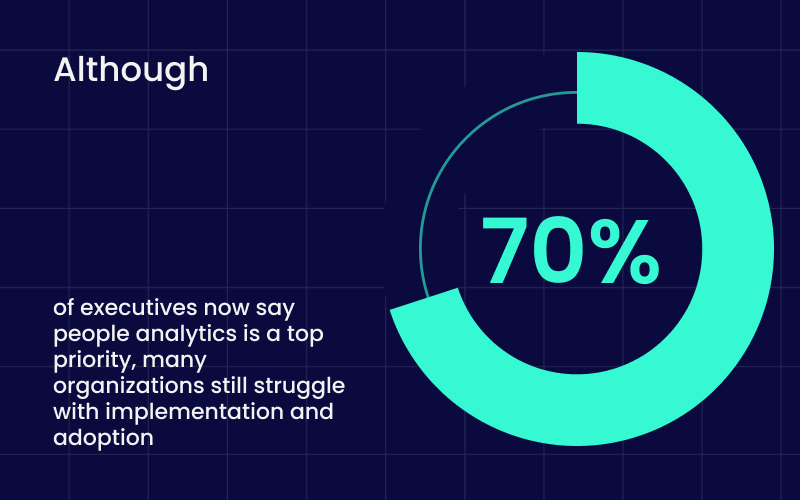
What success looks like
When workforce analytics is done well, the benefits are clear:
- More effective use of workforce resources and strategic talent planning
- Proactive identification and resolution of talent gaps before they impact business
- Data-driven decisions that improve both employee outcomes and business performance
- Significant cost savings and efficiency gains across HR operations
Organizations that invest in workforce analytics capabilities create competitive advantages that compound over time. Companies with strong people analytics already demonstrate measurably better business outcomes, while those achieving analytics maturity can realize substantial savings—with benchmarks showing $42,154 in training savings per organization and more than 620 hours saved annually through improved data-driven decision-making.

